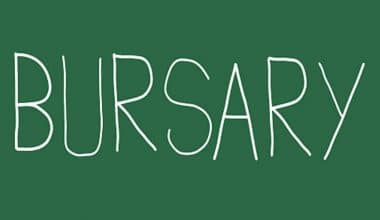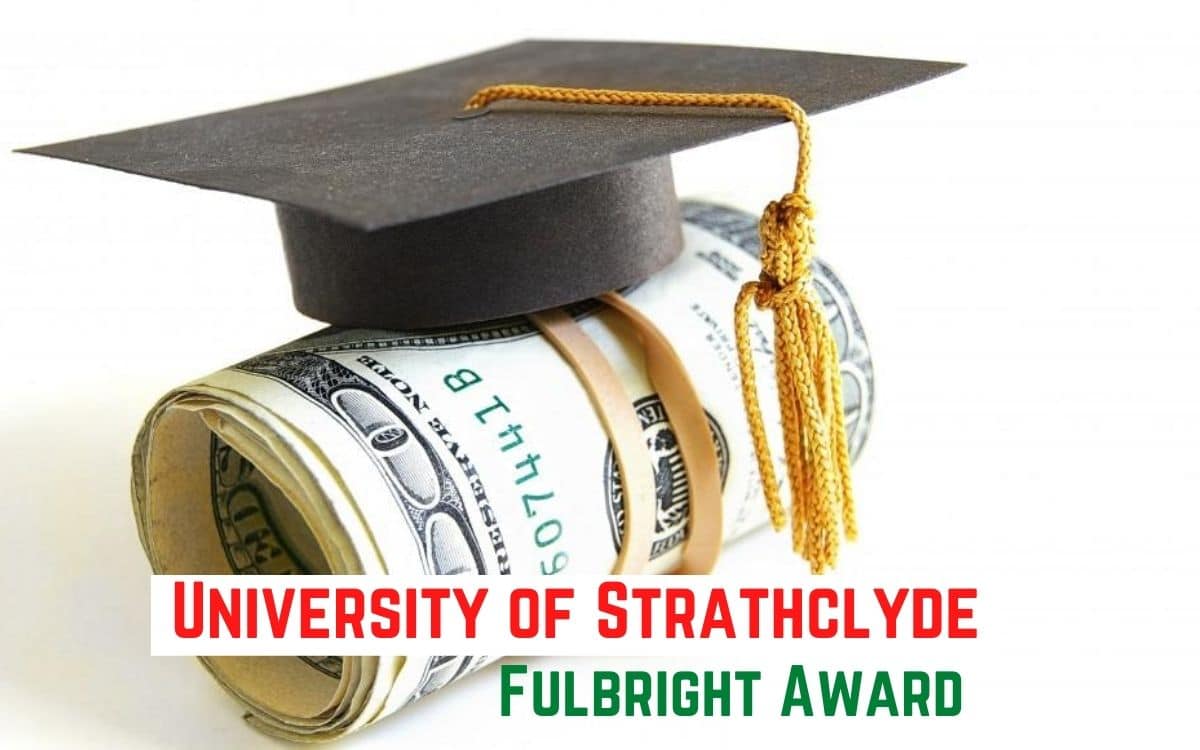Application for the USC Impact Fund for Reporting on Health Equity and Health Systems 2021 is ongoing!
The USC Annenberg Center for Health Journalism is launching a new Impact Fund for Reporting on Health Equity and Health Systems. This fund will provide reporting grants of $2,000-$10,000 and six months of mentoring by veteran journalists to five to eight competitively chosen journalists from around the country.
The Fund will support ambitious investigative or explanatory projects on systemic racism in health care policy and practice and inequity in treatment, patient experience, and health outcomes for Black people, Indigenous people, and people of color.
Grantees will benefit from online training focused on the interplay between health systems and health equity and participate in monthly meetings with other participants.
Who Can Apply for USC Impact Fund?
The 2021 Impact Fund for Reporting on Health Equity and Health Systems is open to professional journalists who work for or contribute to print, broadcast, and online media outlets based in the United States. Applicants do not need to be full-time health reporters but should have a demonstrated interest in health issues.
We prefer that applicants have a minimum of three years of professional experience; many have decades. Journalists writing for ethnic media and journalists of color are strongly encouraged to apply.
Proposals for collaborative projects between mainstream and ethnic news outlets receive preferential consideration, as do projects produced for co-publication or co-broadcast in both mainstream and ethnic news outlets. Freelancers are welcome, but need to have a confirmed assignment and should earn the majority of their income from journalism. Applicants must be based in the United States. Students and interns are ineligible.
How to Apply for USC Impact Fund
All applications must be filed through our online application. by November 30, 2021. We suggest that you begin preparing your application in Word or another text-based format so that you can cut and paste the components into the online application.
The application asks for the following:
- A statement of purpose
- A project proposal
- A statement of impact
- A proposed budget
- Three samples of professional work
- A current resumé
- A letter of reference
- An Editor’s Checklist signed by a supervising editor and confirming the media outlet’s intent to publish or broadcast the project
Applicants must join CenterforHealthJournalism.org and post a profile and photo.
USC Impact Fund- Personal Statement
Use 500 words to tell us who you are. Describe your general reporting or editing experience and aspirations, as well as your health reporting or editing experience, including the types of health care stories you currently cover or edit.
Include a description of your publication, broadcast outlet, or website, including the size, nature, and geographic reach of its audience and how it’s measured. (For websites, we require Google analytics or an equivalent.) If two or more reporters are applying as a team or two or more editors are proposing a cross-outlet collaboration, a single application may be filed, but it should include details about each of the journalists who will be involved, including their names, affiliations, short bios, and resumes and the size, nature and geographic reach of each of the participating outlets’ audiences.
Describe your and/or your team’s general reporting or editing experience and aspirations, as well as your and/or your team’s health reporting or editing experience, including the types of stories you and/or your team currently cover or edit.
Project Proposal
In no more than 1,000 words, summarize a major reporting project. Consult our webpage for examples of topics we are interested in funding. Summarize likely themes, multimedia components, and any social media and audience/community engagement strategies you anticipate (strongly encouraged), such as community forums, interactive digital features, partnerships with other media outlets or community organizations, and so on. Tell us what sources or datasets you anticipate using or that you’ll be looking for.
Your proposal should be well-researched and should demonstrate that you have done some deep thinking about the relevance of the topic to your community. Be specific about deliverables (e.g. a three-part multimedia series, three seven-minute radio pieces, a 60-minute TV documentary, and so on). Think big.
Statement of Impact (up to 250 words)
Tell us why your proposed project is important and whether it will break new ground. Explain why this project is needed now and what impact a project like this might have. Include information on how this builds on or distinguishes itself from other journalism on this topic.
Proposed Budget (up to 250 words)
The maximum grant is $10,000; grants of this size will most likely go to multi-newsroom collaborations. Specify the size of the grant you’re seeking, and justify it. The size of the requested grant should be commensurate with the scope of the proposed project.
Grants are meant to cover out-of-pocket expenses such as travel, dataset acquisition, translation services, and multimedia components that your newsroom is not equipped to provide itself (e.g. videography and data visualization).
In exceptional cases, we will permit part of each grant to be used to compensate for otherwise uncompensated time. If you’re a freelancer, the media outlet that agrees to publish or broadcast your project should be expected to provide the bulk of your compensation.
Three Samples of Your Work
Submit three samples of your best work. (For work that has only appeared online, please provide working URLs, as well as Word documents or PDFs of the published stories.) Broadcasters should submit links to working URLs of their online stories or CDs/DVDs. If you are an editor, submit work that you supervised and edited, along with an explanation of your role in shaping the content.
If you write in a language other than English or Spanish, we prefer to receive translations of your work. If that is not possible, send a comprehensive two-paragraph summary in English of each story.
Resumé
Please include a current resumé. Note: Any misrepresentation that is discovered after you are admitted to the Fellowship will result in your dismissal.
Letter of Reference
Please supply a letter of reference from your assigning editor, producer, or news director that discusses your abilities and potential as a journalist in detail and the newsroom’s support for your project
Editor/Story Checklist (download pdf): Download it, complete it, get your assigning editor’s signature on it, and scan it into your computer to submit with your online application or FAX it to us at (877) 413-3873. Both freelance and employed journalists must submit written confirmation of a news organization’s commitment to publish or air the work resulting from the grant, assuming it meets its standards. If several newsrooms are proposing a collaborative project, an editor from each outlet must sign an Editor/Story Checklist.
Selection Criteria
When choosing grantees, we consider each candidate’s personal and professional accomplishments and potential, as well as the potential contribution of his or her proposed project on the public’s understanding of health issues. We value diversity in both our grantees and their media outlets. The Center will only review complete applications submitted by the November 30 deadline.
Application Deadline
Application for the USC Impact Fund closes on November 30, 2021





